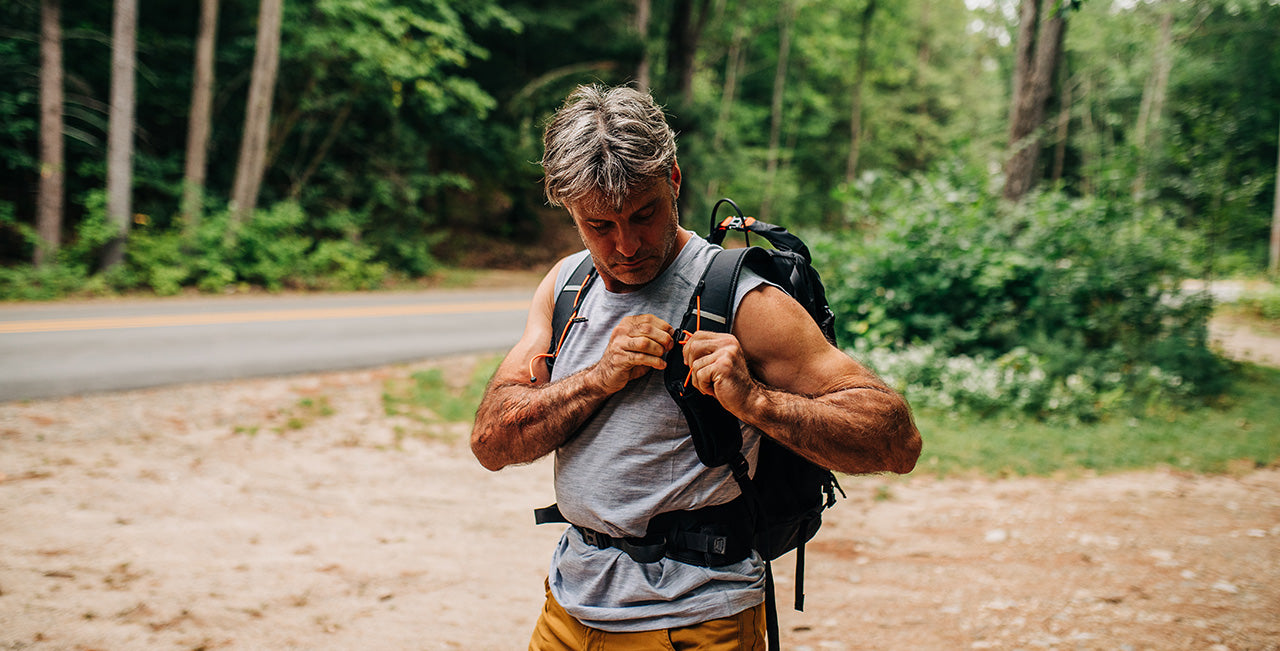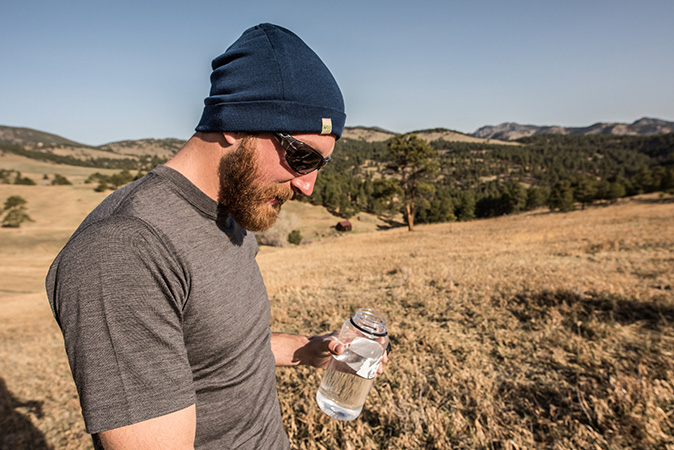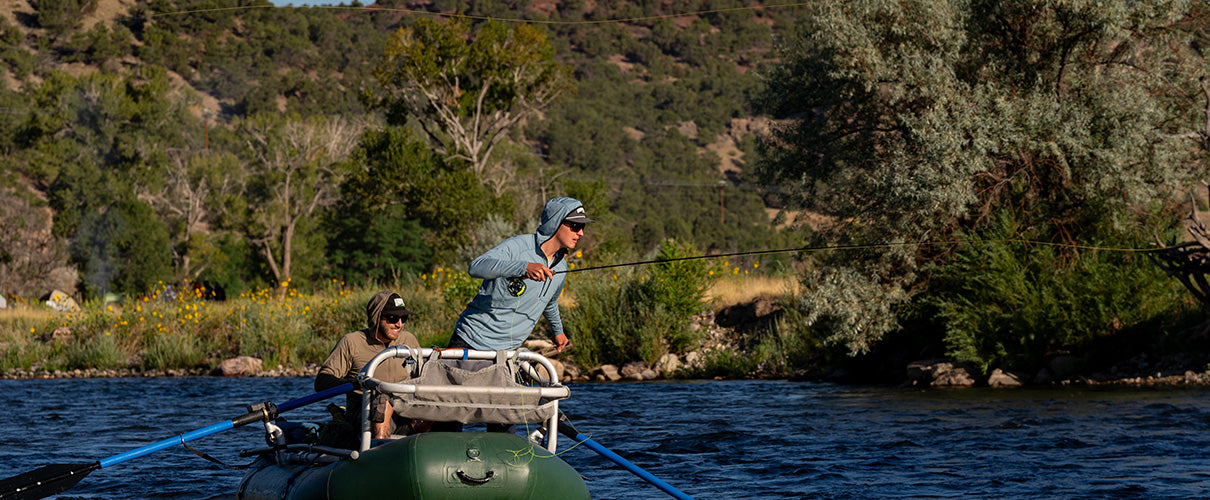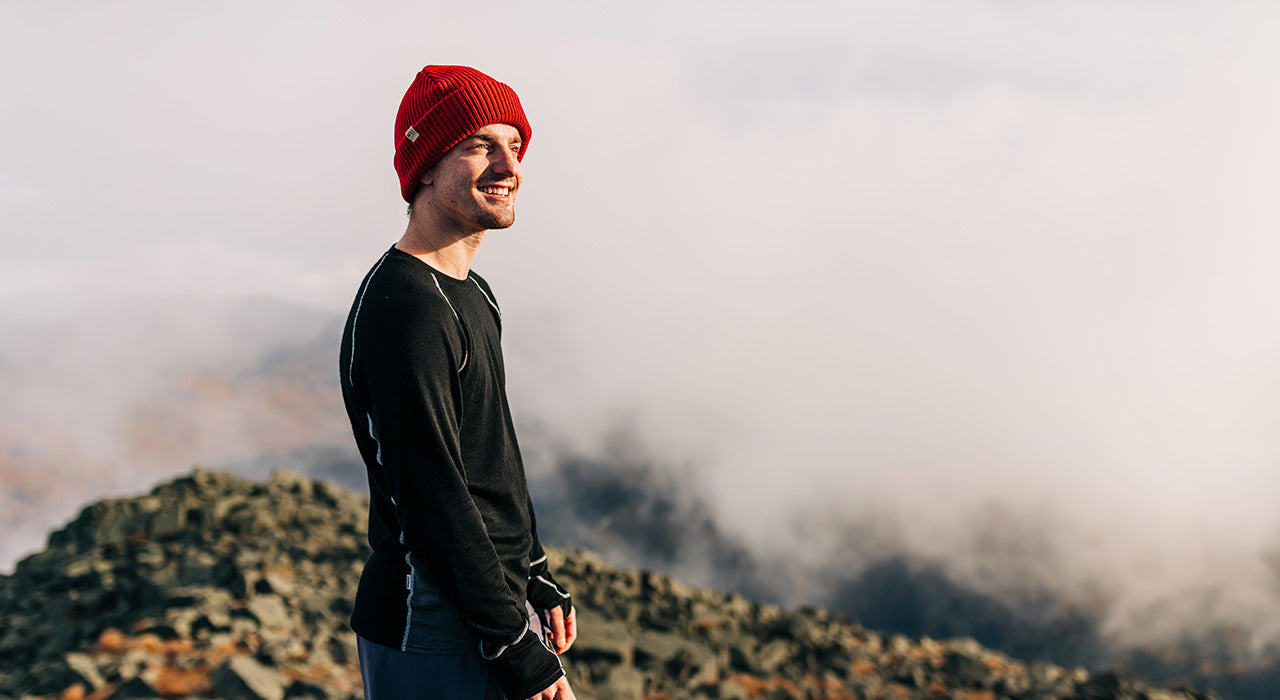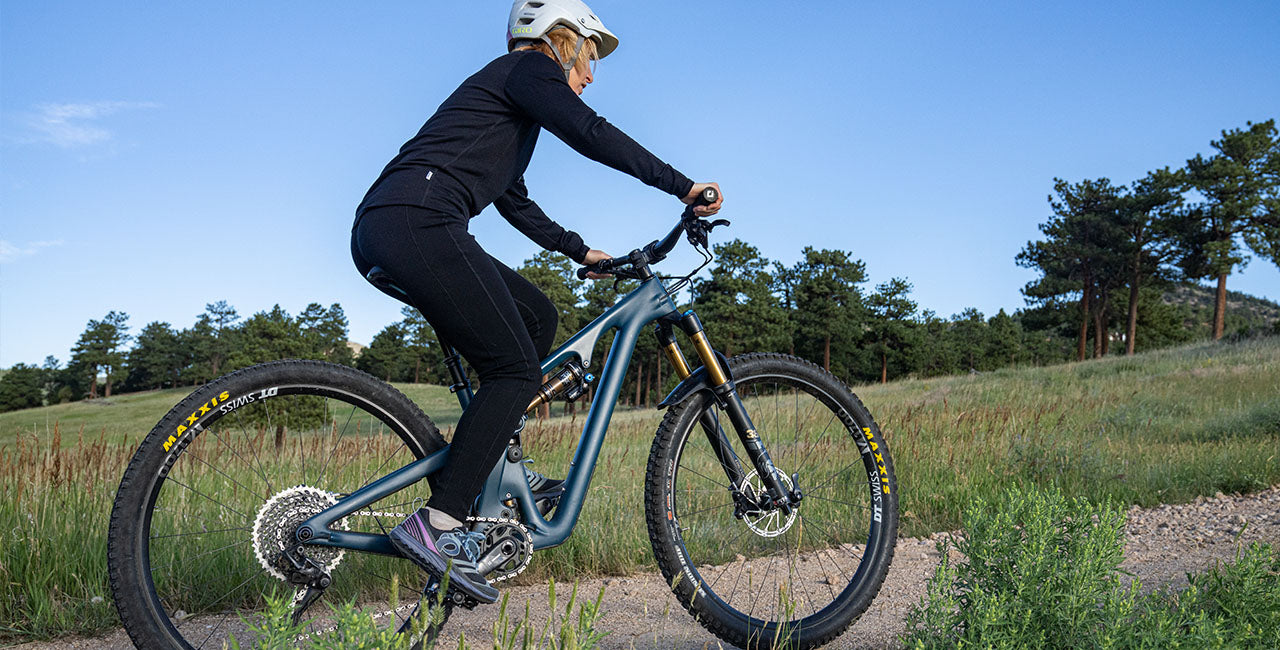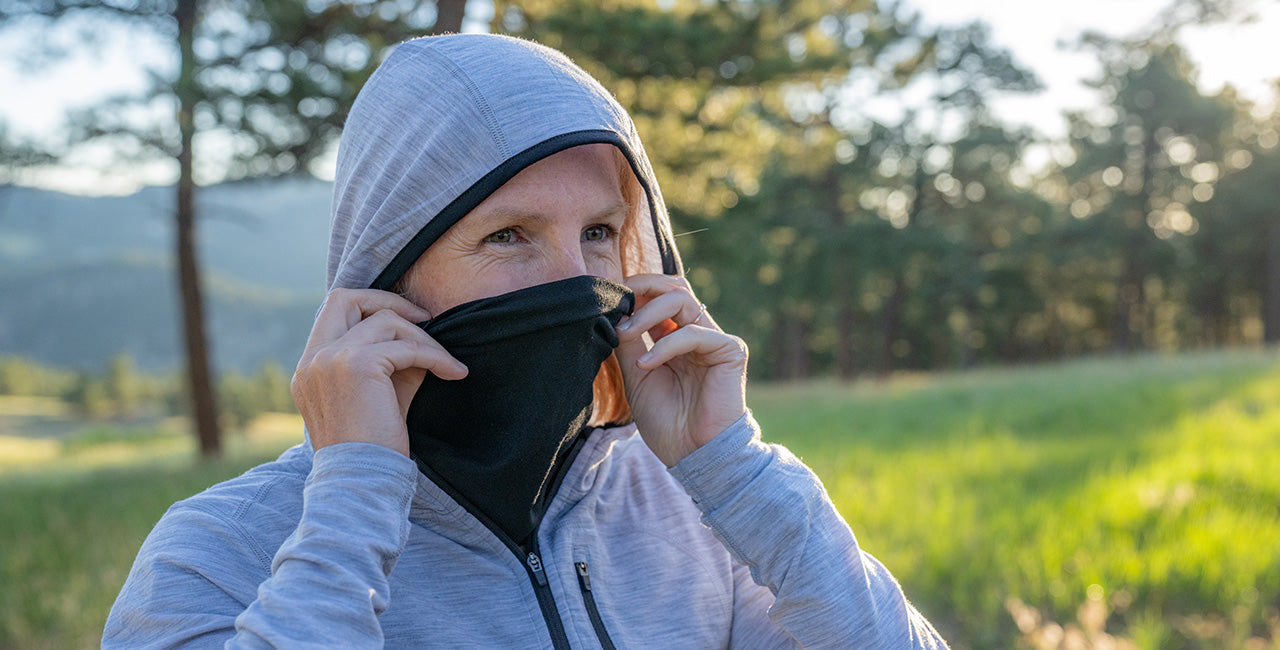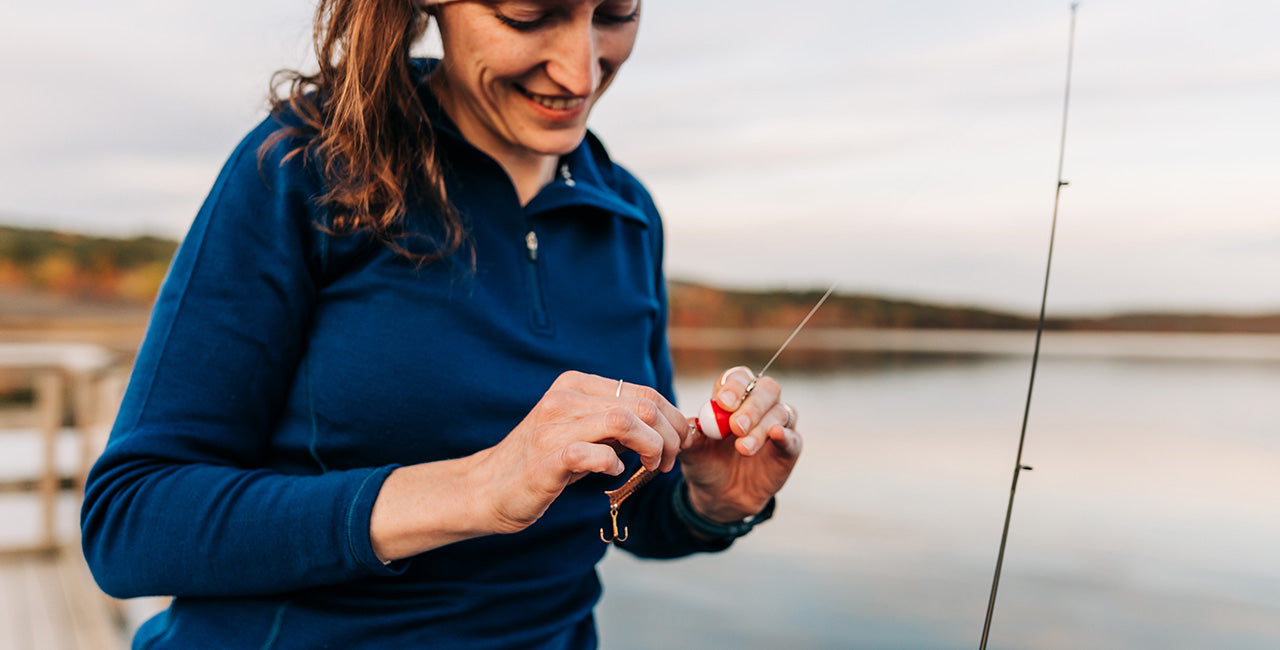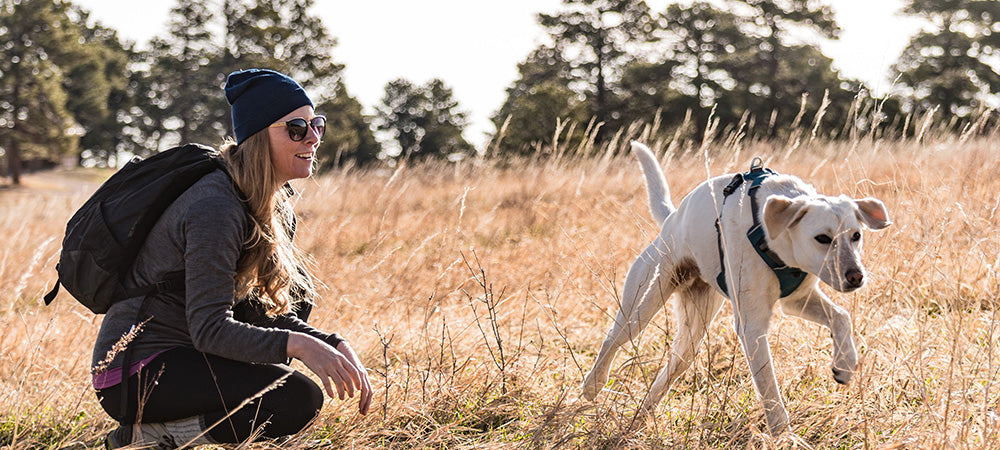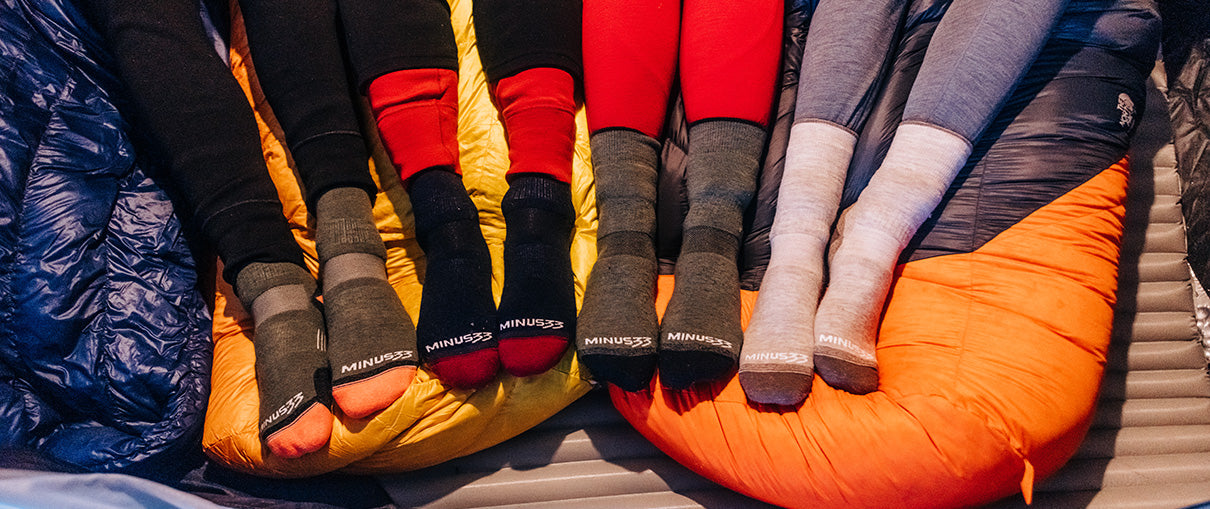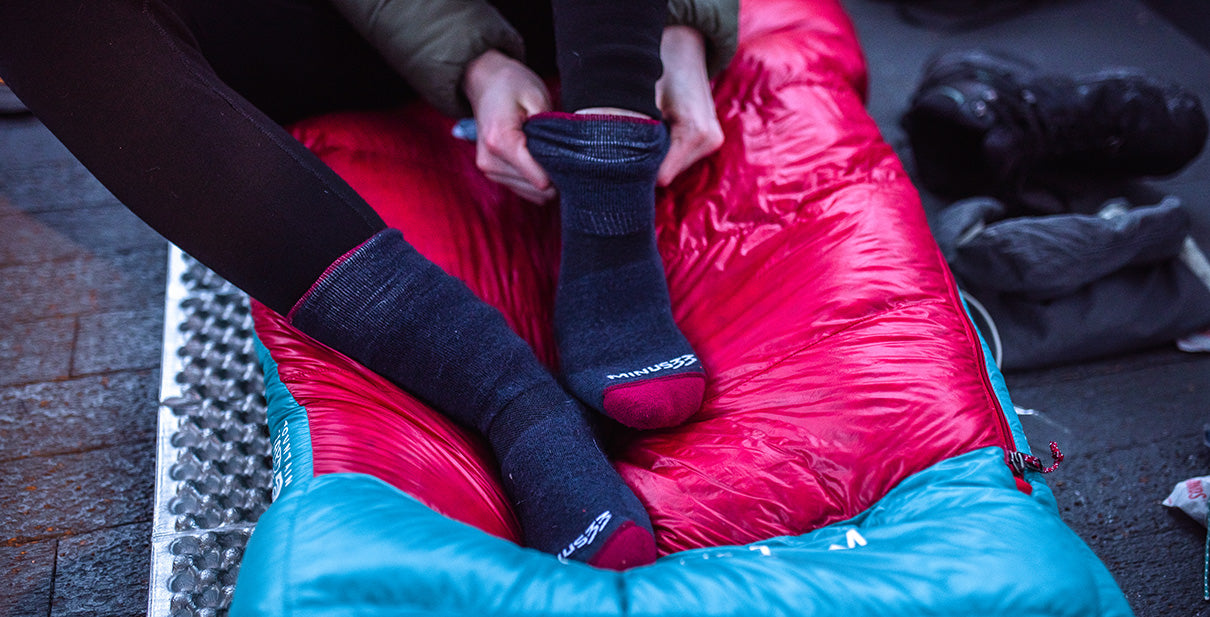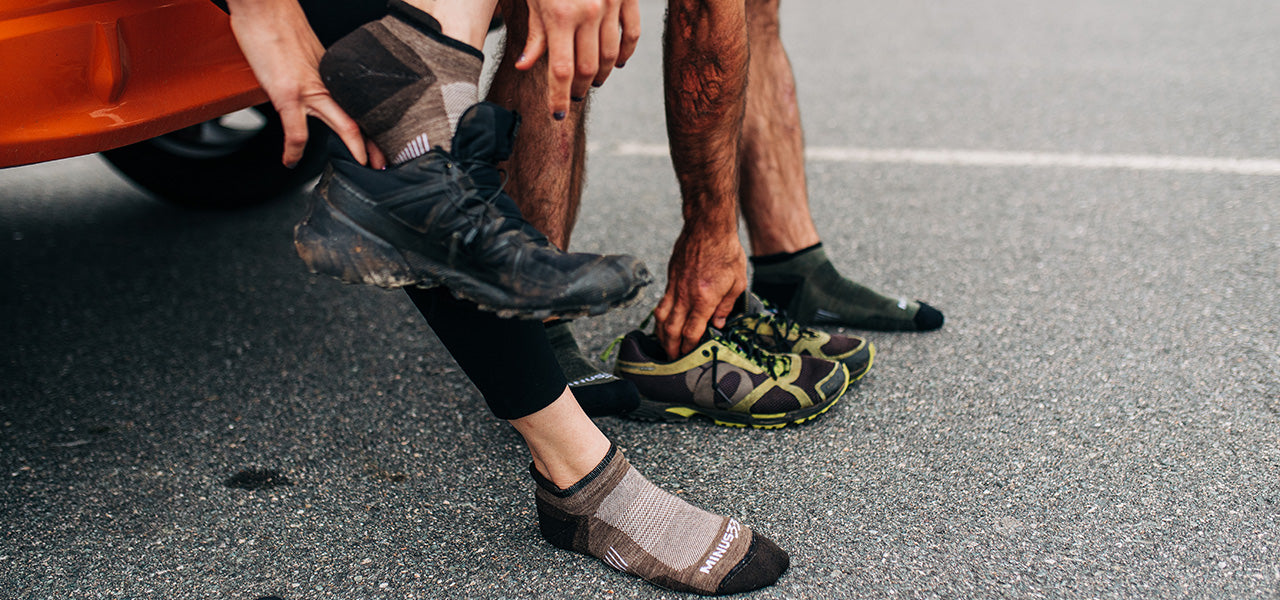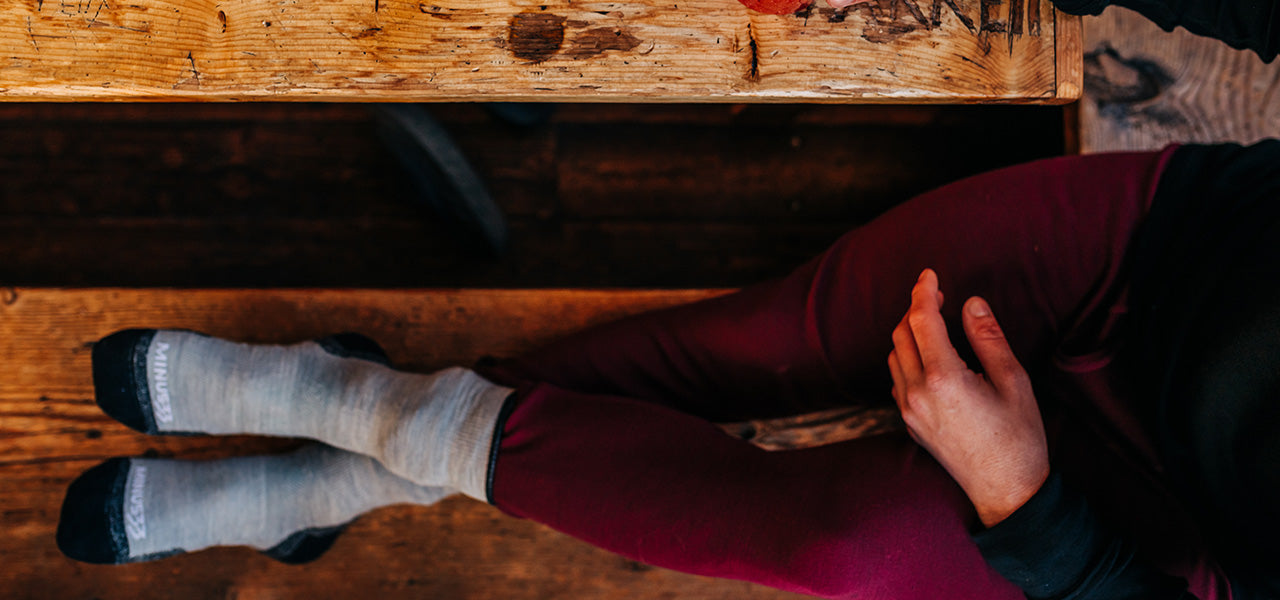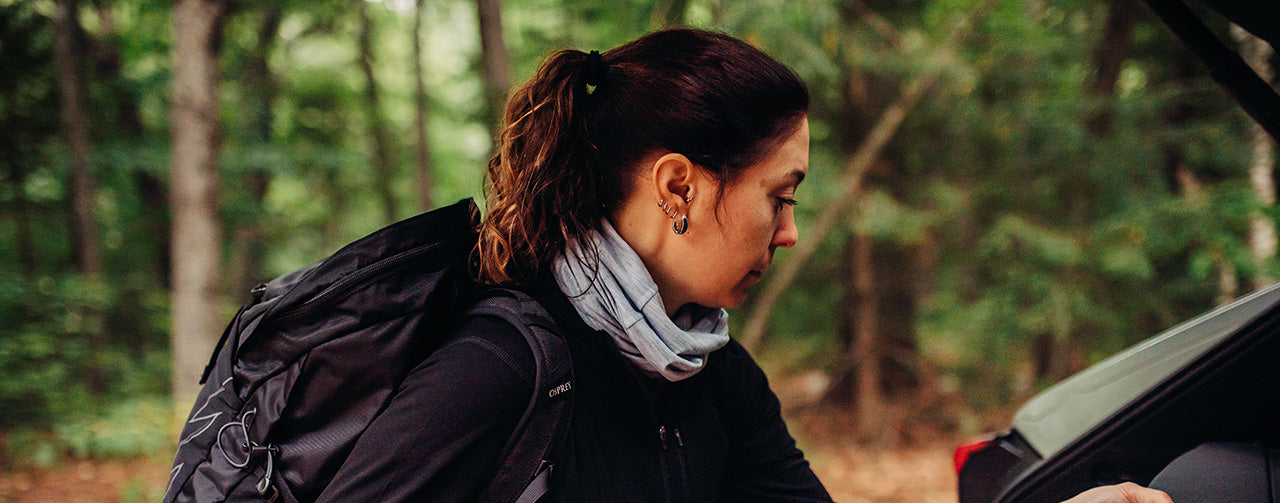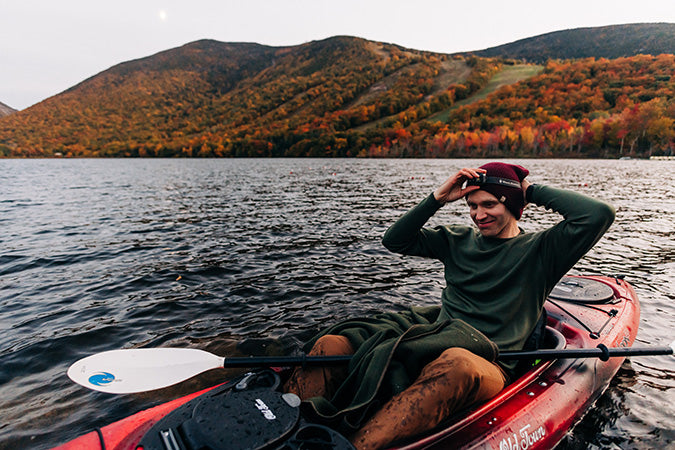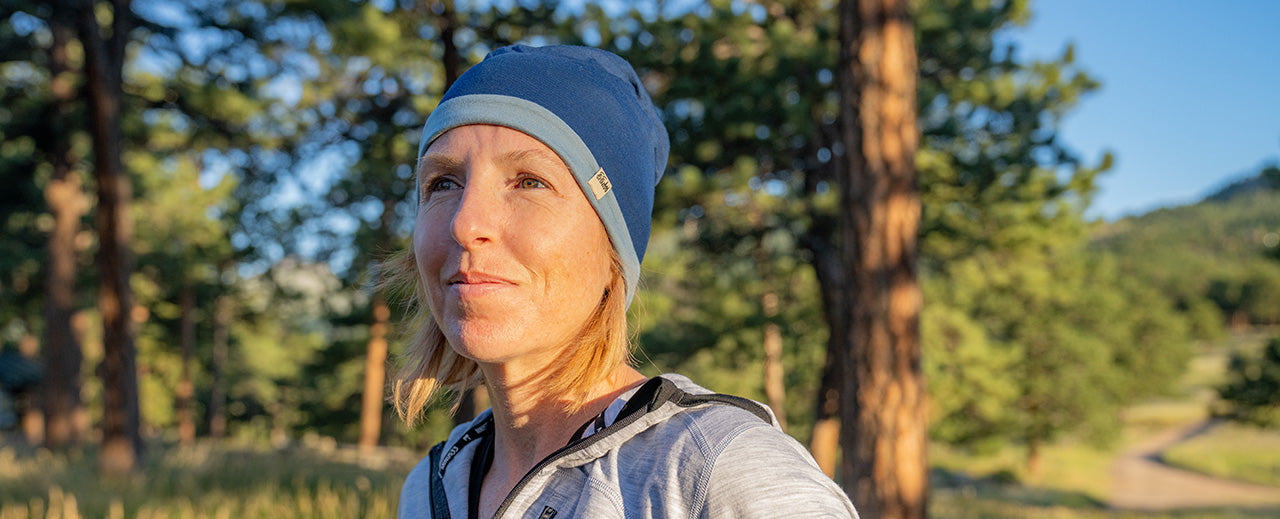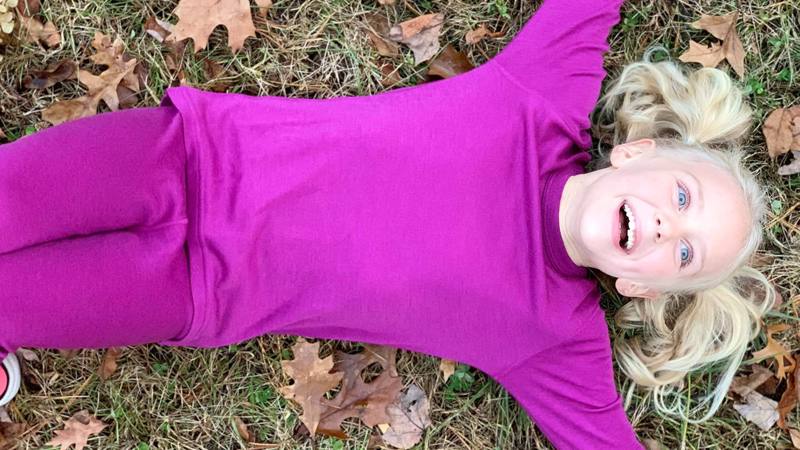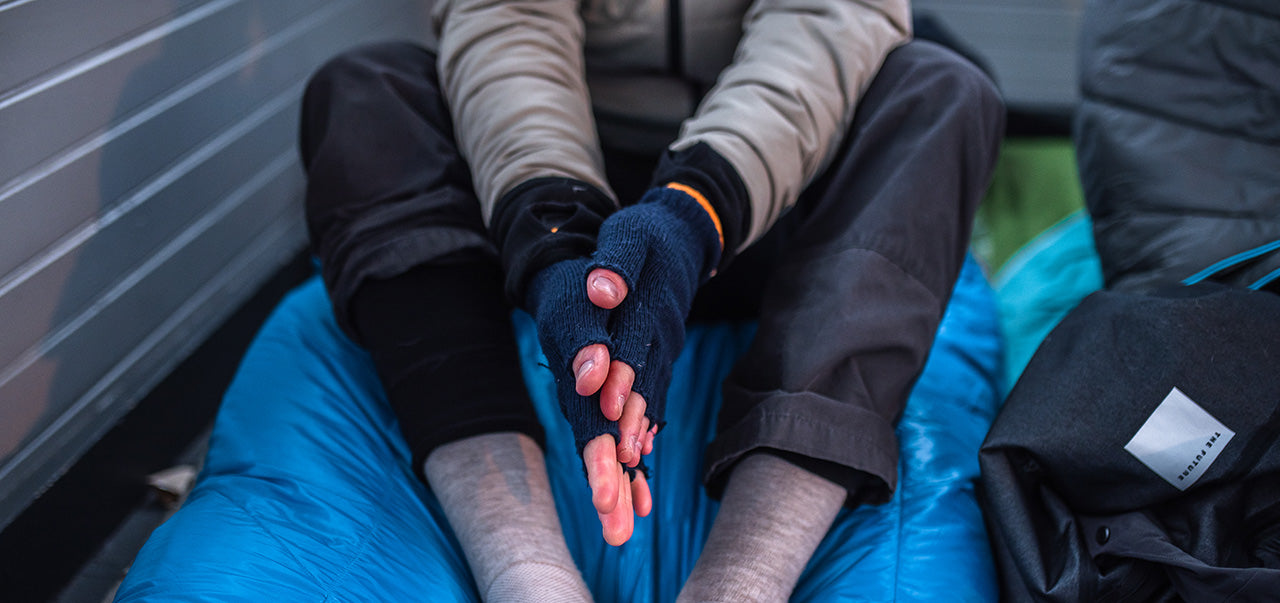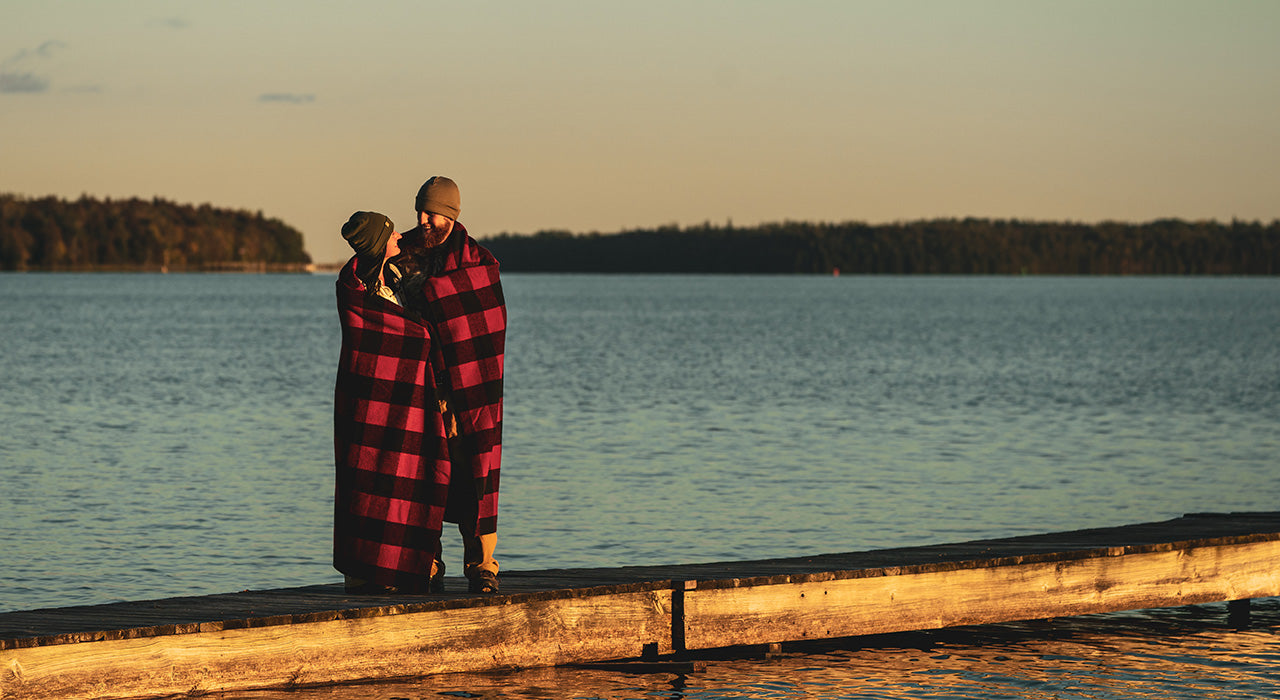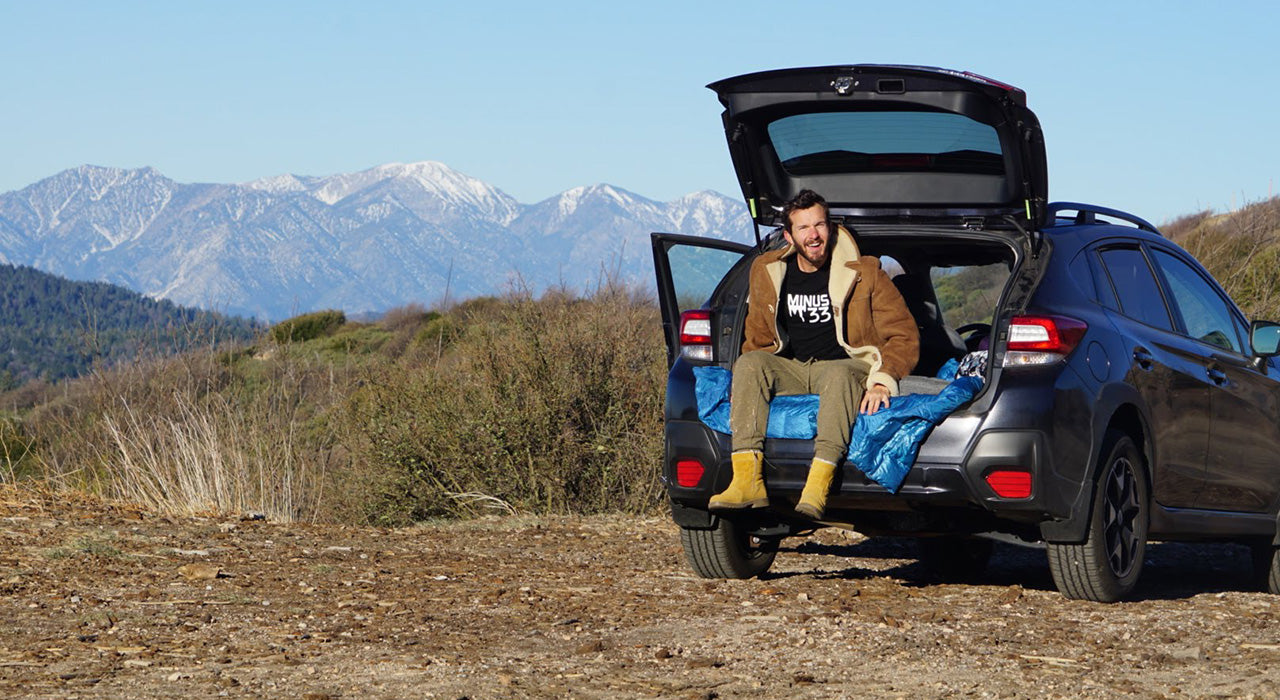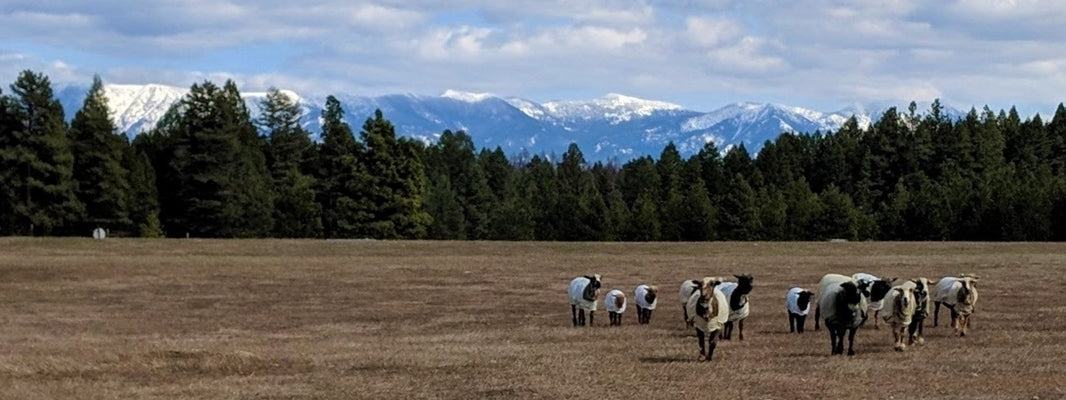Behind the Scenes of the Steitzhof Merinos
John, one of our Merinoholics team members, takes us behind the scenes of his sheep farm in Montana. Note: The Steitzhof Merinos are bred specifically for hand spinning and are not used for the production of Minus33 garments. However, John takes us behind the scenes of what the sheep-raising process is like on a smaller scale. You can learn more about the Steitzhof Merinos here.
The Flock
I am a Merinoholic x2. Not only do I wear Merino wool, we raise Merino sheep. We live merino. After 30 years away from raising sheep, I came back with my first choice breed: Merino. I wanted the top of the wool market and I wanted to be different by raising colored ones. Carol, my wife, has quickly learned to be a great partner in this joint project. When I raised sheep back in the early 1980's there were no black sheep. I think my mom kind of considered me one. Today, we raise only colored (brown, gray, black) purebred merinos with the finest wool traits we can find. Some are even spotted. Our Merinos have a strong proportion of AU and NZ genetics for improved traits. We are doing this in project mode, capping our flock at the 25 best. They compete for those spots. We are very honored to say our flock recently won the prestigious Black Sheep Cup this July at Black Sheep Gathering in Albany, OR for the 5 Best Handspinning Fleeces. We also had Grand Champion for the 2nd year in a row and Reserve Champion Colored Fleece.
Hand Spinning vs. Commercial Merino
Minus33 uses some of the finest commercial merino which is traditionally white but beyond that our sheep are very similar, although the management is different. Our flock is designed and managed with the fiber arts community as our target. We design our feed plan with the hand spinner in mind. Yes, the fiber can change characteristics due to feeding plan, weather, stress and we attempt to manage that. We jacket all our sheep, 365 days per year for the cleanliness of the wool. They are pasture-raised but they get attention under a close eye. They seldom seek shelter in the winter, mostly shade in summer. We test our fiber at the wool lab of Montana State University annually to learn about what we are producing. The dry Big Sky of Montana summer sun adds luster to our wool. We sell natural colored raw fleeces, processed wool, and yarn as well as breeder lambs to clients across the country.

Meet a Sheep

So let’s meet a merino sheep. This is Lilli. She is 3 years old and she is a brown, or as we call it moorit, for the red-brown color. She is a first-time mother of a ewe lamb we named Inspire born in early June. Yes, they have names and personalities versus when I raised commercially and they had no names, just numbers and “were stupid”. Lilli is a very friendly, smart ewe. She comes running whenever we call for her. She is fleet and trim but never late to the feeder. Her fleece is very consistent, soft and has a very bold crimp or wave pattern. Her fleece is coveted by hand spinners and often reserved a year in advance. The life expectancy of a merino is 10-12 years so she is early in her career here. We shear once a year in April, a few weeks before lambing begins, and this wool will be about 4” long by then. I will get more into shearing day on another segment of living with merinos. As we always say here, “Know what you wear”.
